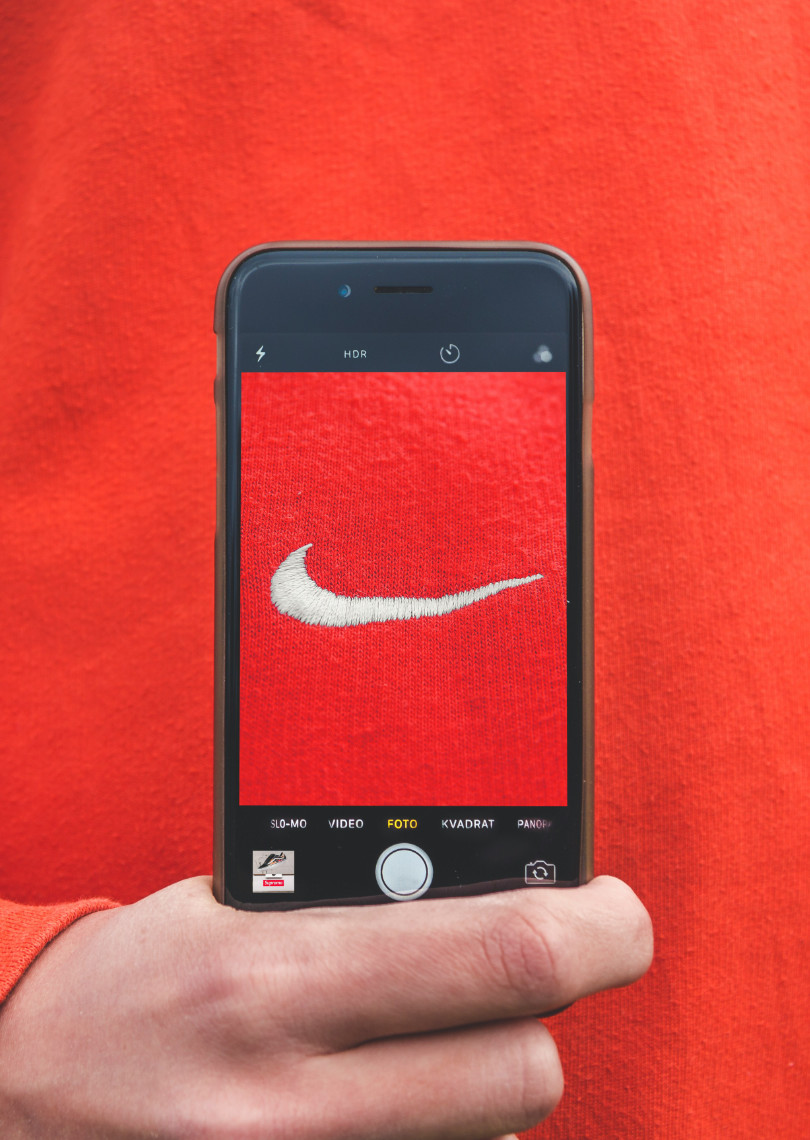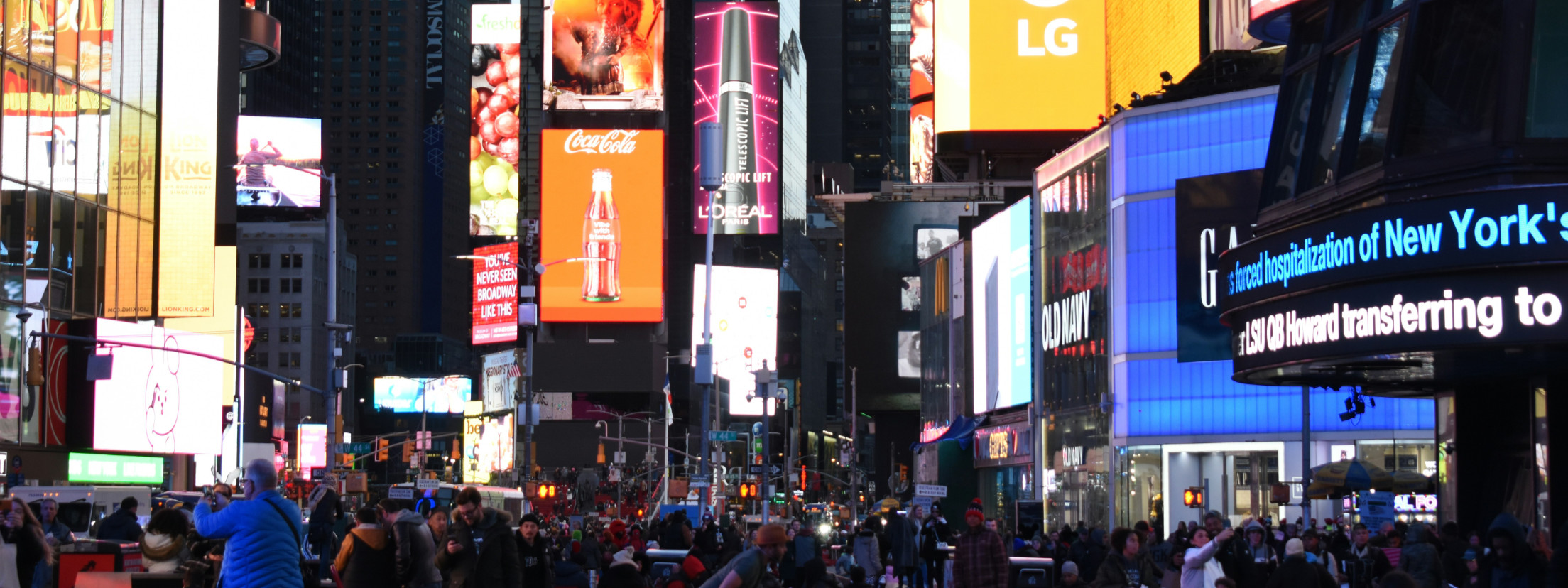
How Sound Logos Help Strengthen Branding?
We’ve already discussed why the sound logo (or audio logo) is an essential element within the range of possibilities offered by Sound Branding. It has been increasingly explored by companies across various industries. However, it doesn’t always work as intended. For a sound logo to be effective, it must follow a basic rule: clearly convey the brand’s sound identity, which in turn is developed based on its Branding strategy.
The main purpose of a sound logo is to instantly communicate the identity of a brand or business in an emotive way, using a brief melody of up to three seconds. To achieve this, the brand’s personality attributes serve as a starting point for selecting musical instruments, style, rhythm type, pace, harmonic ambiance (the sound’s mood), sound effects, and timbres used in the composition.
Thus, before creating a sound logo, it’s crucial to clearly define the company’s attributes, values, purpose, and mission. What makes it stand out from others? What is its unique aspect? What does it want to communicate? Peace? Nature? Youth? Luxury? Creativity? Urban? Homely? Approachable?… These attributes inspire a unique sound capable of conveying the brand’s personality to the public.


What is the Advantage of a sound logo for Branding?
In practice, the sound logo must be applied in conjunction with the visual identity, unifying the brand’s expressions in a meaningful, enduring, and memorable way. It is a long-term Branding asset that can accompany the brand throughout its entire presence and customer journey, providing a pleasant and consistent experience across all products or services.
“A brand must transform into a sensory experience that goes beyond what we see,” said Danish neuromarketing expert Martin Lindstrom in his book, Buyology.
One of the major advantages of a sound logo is its reach, which extends beyond the limits of vision. It can be heard regardless of the audience’s visual attention, engaging different audiences across various touchpoints. In today’s world, abundant visual stimuli have led to a general decline in our perceptive capacity and focus, along with constant competition for people’s attention.

“Our sensory apparatus, our body, is equipped with highly sophisticated perceptual tools. Our five senses capture information directly stored in our brain. This information helps us form new insights through neural circuits and combinations,” explains Zanna. “Until recently, we primarily focused on vision. But who said it’s the only important sense? Sound evokes emotions, conditions our rhythm, and determines our frequency range—how we resonate. This is immense!”


"We need to commit to designing positive stimuli that evoke feelings of expansion, joy, rather than hysteria, obsession, or numbness among audiences."
A prime example of this reality is the exponential growth in the use of voice assistants. As people interact with Siri and Alexa without the need for visual contact, sound logos position brands prominently in the growing landscape of voice-guided technologies, creating deeper and more lasting connections with audiences on multiple levels, including the subconscious.
Research conducted by the University of Miami found that the instruments used in sound logos can influence public perception of a brand’s personality. Moreover, it has the same level of influence in this regard as the visual logo design.
In recent years, MasterCard made two significant changes to its Branding strategy: first, removing text from its visual logo, and second, creating a sound logo that plays each time a payment with its cards is approved. This decision was driven by a survey that showed 65% of customers felt more confident in a store when they heard a sound cue during the purchasing process.
According to Raja Rajamannar, MasterCard’s Chief Marketing Officer, the strategy has components that “depend on the context.” Therefore, multiple versions (“fun,” “operational,” etc.) were developed to adapt to different regions, audiences, and touchpoints, broadening the brand’s presence and perception.
However, as Rajamannar noted, one thing became clear throughout this process: a sound identity is even more valuable for brands that cannot be seen or touched. In other words, it complements Branding through sound, extending its reach and connecting with audiences where other senses cannot.

Interested in learning more about how a sound logo can help your brand or business? Do you have questions about Sound Branding? Contact us!

Next article
How Brands are Personalizing Sound UX in the Age of Voice Assistants
As voice assistants become omnipresent, discover how Sound UX improves man-machine interactions, turning it more natural, human and intuitive…
Read more